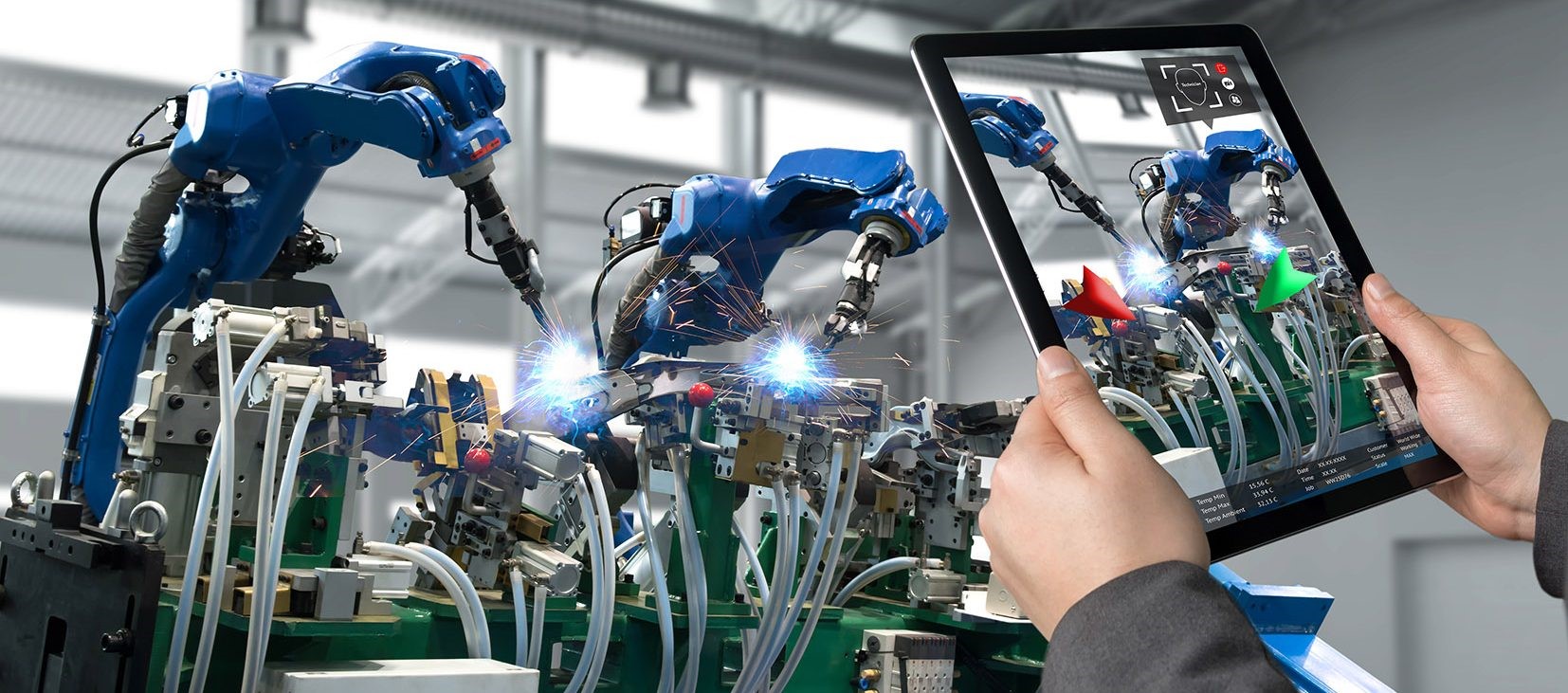Educating medical professionals is a demanding process. It requires years of delving into intricate subjects, honing professional skills, and gaining hands-on knowledge to truly become a proficient healthcare provider.
For decades, in the traditional education setup, medical education has relied on long lectures, complex textbooks, and hands-on learning.
But it’s time to face the truth that this approach is not that effective. Though hour-long lectures and heavy textbooks offer a solid and necessary theoretical foundation, they often fall short in preparing students for the dynamic and high-pressure environment of healthcare practice.
In this field where each and every decision can have life-altering consequences, medical education must transcend the classroom, allowing students to cultivate knowledge, along with providing vital skills, unshakeable confidence, and the adaptability needed for real-world scenarios.
But now, everything has changed because of the introduction of Virtual Reality. VR labs for medical learning create a transformative shift by completely changing the way we will train the next generation of healthcare professionals be they doctors, nurses, or workers.
And the best part? No real patients are put at risk.
It has elevated medical training to a whole new level. VR for medical students enables them to accurately diagnose the disease, ensure the precision of therapy, master the detailed process of complicated surgeries, and learn efficient counseling skills for effective counseling of the patient.
In this blog below, we will explore the world of virtual reality in medicine, understand its practical applications, look into the real-world uses, and learn about the transformative impact VR in medical learning has on shaping the future of healthcare education.
Practical Applications of Virtual Reality in Medicine
Virtual reality lab for medical education is no longer a concept of the future. This technology is real and happening today. It has created a huge impact on the way VR for medical students to learn and preparation for their careers. Some of the practical applications of virtual reality in the medical field are here-
Anatomy Exploration: Instead of flipping through pages of textbooks or observing a static cadaver, medical students can look into the secrets of the human body before their eyes with the help of virtual reality.
In the imaginative world of VR can venture deep into the labyrinthine intricacies of the human body. They can have a look at the 3D Organs, bones, and even delicate tissues materialize in three dimensions. Not only this, they can even have a close encounter of the internal body view that is impossible to provide with cadaveric dissections.
It’s like having a backstage pass to the theater of life.
Wondering what is its importance?
Well, you see, understanding the complexities of human anatomy is the very foundation of every medical profession. VR acts as the roadmap that guides doctors, nurses, and healthcare workers through the complex landscape of the human body.
In this vibrant, 3D world of virtual reality, students can cultivate not just textbook knowledge but a profound and intuitive understanding of human anatomy. They can navigate the intricacies of the circulatory system, marvel at the design of the skeletal structure, and witness the beauty of the nervous system in action.
Precisely, it’s an experience that transcends words on a page or static illustrations.
Surgical Simulations: One of the truly thrilling applications of VR in the medical world is surgical simulations. By just wearing the VR headset, the students can step into a virtual operating room that looks and feels incredibly real.
With VR for medical students, they have the unique ability to practice surgeries before even setting foot in an actual surgical site rather than just learning about it theoretically, just like a dress rehearsal for the most critical performance of their lives.
But here is the twist!
There is no real patient on the operating table. Thus, zero percent chance of error.
In the virtual world of the VR lab for medical colleges, students can wield virtual scalpels, suture with precision, and practice the delicate art of surgery as many times as needed. All these simulations are not only lifelike, but they are also impactful and create a safe learning environment for the students to learn, explore, and correct their surgical techniques.
Diagnosis and Treatment Planning: VR labs enable medical students to immerse themselves in patient scenarios. In the virtual world, the students can enter the virtual hospital rooms where they can interact with avatars i.e., lifelike virtual patients, get their medical history, and conduct comprehensive physical examinations to prepare an accurate diagnosis.
This means the students are no longer passive observers, instead, they have now become active participants in the decision-making process. In the virtual world, the students can learn to analyze the symptoms. After analyzing, they can interpret test results, and piece together the puzzles of the medical procedures.
But it doesn’t stop there. VR takes it a step further.
Patient Counseling: The medical processes are not only about correct diagnosis or surgeries.
It also includes effective communication and VR also involves connecting with patients on a human level.
Presently, the VR labs are the stage of transformation where students can practice again and again, resulting in perfecting the art of patient counseling.
How?
In VR, students can sit across the avatars as virtual patients, who are ready to deliver the challenging news or explain the complex treatment options. They can practice conveying empathy, providing patients with reassurance, and answering the questions asked by the patients with clarity and compassion, repeatedly.
Through repeated practice in this virtual domain, medical students can develop the essential communication skills that are the foundation of trust in healthcare. They learn to listen actively, respond empathetically, and forge connections that go beyond the virtual clinical room.
Emergency Response Training: A medical emergency room is often buzzed with urgency when patients are distressed and you can even listen to the ticking of the clock.
In such a moment of high stress, the split-second decisions made by the healthcare professional are responsible for creating the differences between the thin line of life and death. VR also stands for its importance in such difficult situations. It can be considered as the guardian angel that offers a lifetime of training.
VR transports students into hyper-realistic emergency scenarios, where they’re tasked with the weighty responsibility of assessing the situation, making lightning-fast decisions, and executing life-saving procedures.
Psychiatric Training: Now let’s talk about minds and emotions.
For aspiring psychiatrists and mental health professionals who want to become compassionate healers of the psyche, VR can become a portal to enter into the intricate world of mental health.
VR paints a vivid canvas of various mental health conditions and patient interactions. It’s a space where empathy isn’t just learned, it’s lived. Here, students can practice therapeutic interventions, honing their skills to provide nuanced and effective mental health care. This isn’t just education; it’s an immersive journey of understanding, compassion, and healing.
Real-World Uses of Virtual Reality in Healthcare Education
VR in medical learning has resulted in a new era of healthcare education, significantly surpassing traditional methods of instruction. Here are some real-world examples of how VR is transforming medical education:
Stanford University’s School of Medicine: Stanford’s Neurosurgical Simulation and Virtual Reality Center introduced the use of virtual reality in 2016 to train neurosurgeons. Since then, the Surgical Theater created as the VR platform, allowed surgeons to navigate 3D reconstructions of patients’ brains based on MRI and CT scans. Such an immersive experience enabled a deep understanding of a patient’s anatomy without invasive procedures.
Global Medical Education: VR is not only effective for educating students, but it is also bridging geographical gaps in medical education. For instance, an initiative by Stanford in 2000 is aimed to teach anatomy to medical students in Kenya using VR technology. Interesting! Isn’t it?
This new approach to learning ensures that students worldwide have access to high-quality medical education.
3D Printing: Not only VR, but 3D printing is also being employed to help healthcare trainees better understand complex medical conditions, such as spine injuries, tumors, deformities, and cerebrovascular disorders. Combining 3D printing with the idea of virtual reality in colleges enhances the learning experience and improves surgical techniques and outcomes.
In conclusion, Virtual Reality labs are not merely a fleeting technological fancy, instead, they are the architects of the future of healthcare education. As the relentless march of technology continues, VR labs are destined to evolve into even more sophisticated and accessible platforms, ushering in an era of unprecedented learning for budding medical professionals.





